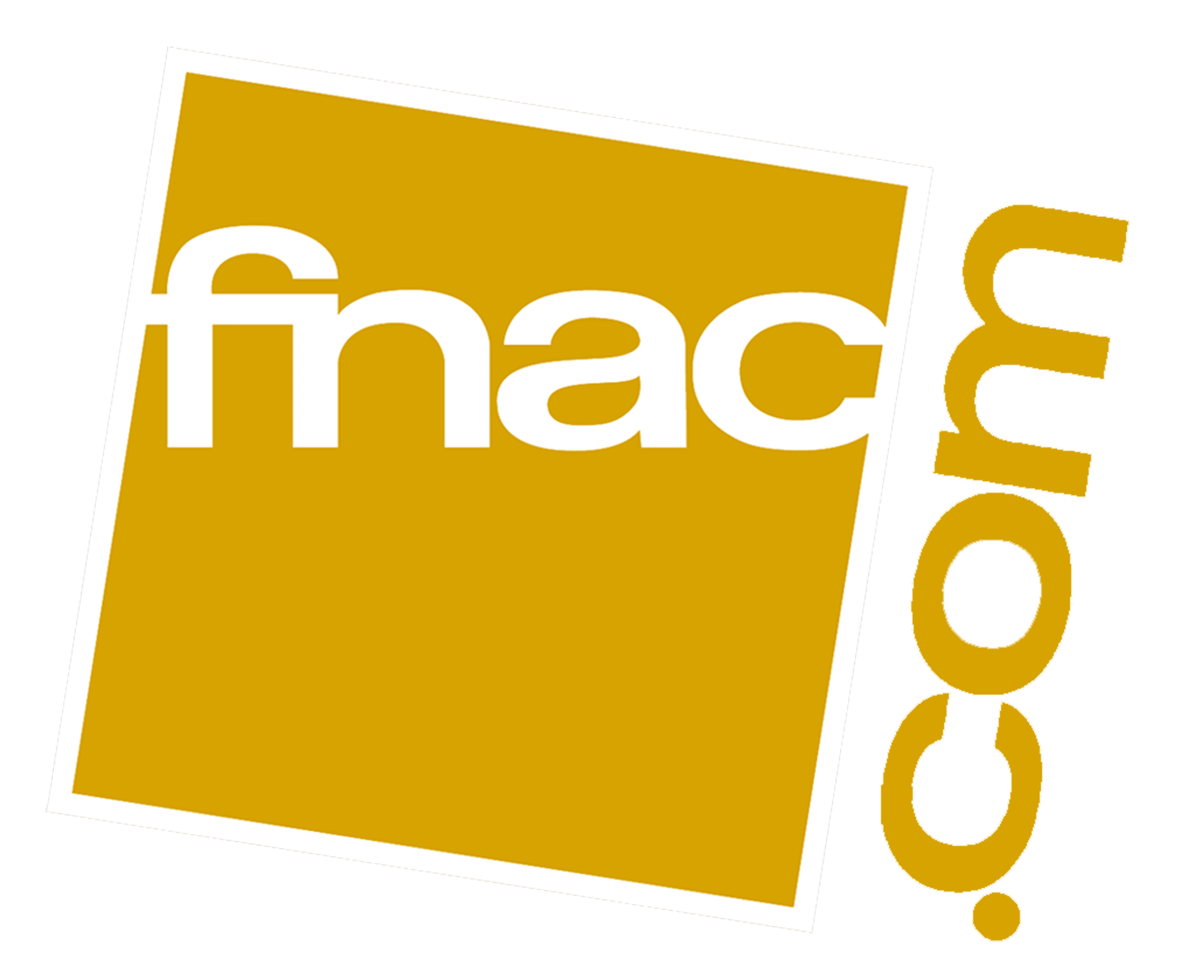| Delhi |From the print edition
Microfinance in India
The industry is starting to revive
INDIA’S microfinance sector was once touted as a saviour of the poor and a good bet for investors. The high point for the industry came when SKS—then India’s biggest microfinance company with a $1.2 billion loan book, a third of it in the southern state of Andhra Pradesh—went public in July 2010. The $350m offering was more than 13 times oversubscribed.
Things went downhill fast. Many in the industry admit that runaway growth spurred reckless lending to poor Indians. Just months after the SKS listing, Andhra Pradesh’s state government accused the industry of strong-arm collection tactics that drove some farmers to suicide. It issued suffocating rules; almost all loans in the state were written off; business ground to a halt. But the industry is starting to revive, with regulators in a far more central role.
Microlenders are attracting capital again. Grameen Capital India, a social-investment bank, says $144m of equity has been injected into microfinance groups in the past 12 months, more than double the amount in the preceding year. The International Finance Corporation, a multilateral lender, invested $18m in Equitas, a mid-sized group in the southern state of Tamil Nadu. SKS, whose loan book is now worth just $325m, raised $47.5m by issuing shares last year.
India’s central bank is behind the renewed confidence. It released national guidelines for microlenders at the end of 2011 and has set up a licensing system. Although a bill officially appointing the central bank as the industry’s regulator is languishing in parliament, these moves have helped stem what M.R. Rao, the boss of SKS, calls a “fear of contagion”, the worry that other states will copy Andhra Pradesh and suddenly draw up new rules.
The guidelines try to draw a line between profits and profiteering. Microlenders’ annual interest rates are now capped at 10-12 percentage points above their own borrowing costs, leaving most charging 23-27%. Some charged 40% during the boom; dodgy local loan-sharks, the only alternative source of credit in many rural areas, have even higher rates. Microlenders are also barred from lending to anyone with more than one outstanding loan.
But capping profits may end up harming the neediest borrowers, say lenders. Undertaking small transactions in remote areas is not cheap. Chandra Shekhar Ghosh, Bandhan’s managing director, says he keeps costs down with one-room branches containing little more than plastic chairs. Alok Prasad, the head of MFIN, warns that others may ditch the hardest-to-reach villages.
Some microfinance firms are looking beyond small, unsecured loans, which the central bank caps at 50,000 rupees ($910) a pop. Equitas last year set up a subsidiary that sells mortgages to poorer customers. Bandhan has similar plans. P.N. Vasudevan, the managing director of Equitas, says his housing loans, starting at 100,000 rupees, involve lower operating costs, in part because mortgage payments often get transferred via banks and do not require collection. If firms start to gravitate towards these lines of business, that could yet again leave the neediest behind.


